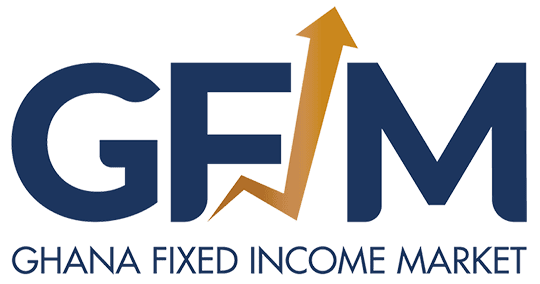
Ghana’s fixed income market recorded robust trading activity on Tuesday, October 15, 2025, with total transactions reaching GH₵2.21 billion across 497 trades, according to data from the Ghana Fixed Income Market (GFIM). The day’s activity revealed strong investor appetite for short term government securities, while repo markets remained completely dormant.
Treasury bills emerged as the clear favorite among investors, accounting for more than half of the day’s total trading volume. The short term government securities recorded GH₵1.16 billion in transactions across 400 separate trades, making it the most actively traded segment. This concentration in treasury bills suggests investors continue to favor liquid, shorter duration instruments amid the current economic environment.
The most significant single transaction of the day occurred in the treasury bill segment, where a 91 day bill maturing on October 20, 2025, changed hands in six trades worth GH₵553.85 million. The instrument closed at a price of 99.7959, reflecting the premium investors are willing to pay for near maturity government paper.
Government of Ghana notes and bonds from the new series saw substantial activity, with GH₵624.40 million traded across 58 transactions. Within this category, an 8.95 percent coupon bond maturing in February 2031 attracted the most attention, recording GH₵169.04 million in volume across 12 trades. The security closed at a yield of 15.50 percent and a price of 76.7493, indicating investors are demanding relatively high returns on medium term government debt.
Corporate bonds made a notable showing despite representing a smaller portion of overall market activity. The segment recorded GH₵134.61 million across just 10 trades, with a Cocoa Marketing Board bond dominating the action. The CMB instrument, carrying a 13 percent coupon and maturing in August 2028, accounted for GH₵128.75 million of the corporate trading volume across nine separate transactions. It closed at a price of 92.2752, trading below par value.
Bank of Ghana bills saw modest participation, with GH₵44.03 million changing hands in 11 trades. A single transaction worth GH₵35 million represented the bulk of activity in this segment, with the instrument closing at a price of 98.8396.
Sell and buyback transactions involving government bonds totaled GH₵243.65 million across 18 trades. The largest repo style transaction involved a 9.25 percent coupon bond maturing in February 2033, which recorded GH₵200.67 million in volume across 13 trades at a yield of 15.3 percent.
Perhaps most striking was the complete absence of activity in traditional repo markets. Both collateralized repo and Global Master Repurchase Agreement (GMRA) trades recorded zero volume for the day, suggesting institutions may be utilizing alternative funding mechanisms or that liquidity conditions don’t currently favor repo transactions.
The old series of Government of Ghana notes and bonds, which were exchanged for new instruments following the country’s debt restructuring program, predictably saw no trading activity. These superseded securities remain listed but are no longer actively traded in the secondary market.
Tuesday’s trading pattern reveals several key dynamics in Ghana’s fixed income landscape. The overwhelming preference for treasury bills, particularly those approaching maturity, indicates investors are prioritizing capital preservation and liquidity over yield enhancement. Meanwhile, the healthy activity in corporate bonds, especially cocoa board securities, shows continued confidence in select quasi sovereign credits despite challenging market conditions.
The high yields demanded on government bonds, with some instruments trading at 15.5 percent, reflect the risk premium investors require for holding longer dated Ghanaian sovereign debt. These elevated yield levels, combined with prices well below par for several securities, underscore the ongoing challenges facing Ghana’s debt markets following recent restructuring efforts.
Market participants will be watching closely to see whether treasury bill dominance continues in coming sessions, or if investor appetite shifts toward higher yielding instruments as confidence in the economic outlook potentially improves. The continued absence of repo activity also raises questions about liquidity management strategies among financial institutions and whether this represents a temporary shift or a more structural change in market behavior.
